5 Best Historical Houses in Shiraz | Iran’s Architectural Marvels
Shiraz's historical houses, with their intricate tilework and grand courtyards, offer a glimpse into the city’s rich architectural heritage.
Shiraz, often regarded as the cultural heart of Iran, has long attracted visitors for its beautiful landscapes, rich history, and distinctive architecture. Known for its literary heritage and celebrated poets like Hafez and Saadi, the city’s history stretches back centuries. During the Zand and Qajar dynasties, Shiraz flourished as a hub of art, architecture, and learning. These periods significantly influenced the city’s architectural styles, giving rise to houses with intricate craftsmanship and elegant design.
This blog post will guide readers through some of the most captivating historical houses in Shiraz. Each house tells a story through its design, structure, and decor, highlighting traditional Persian aesthetics and regional adaptations.
Top 5 Must-Visit Historical Houses in Shiraz
1. Narenjestan-e Qavam (Qavam House)
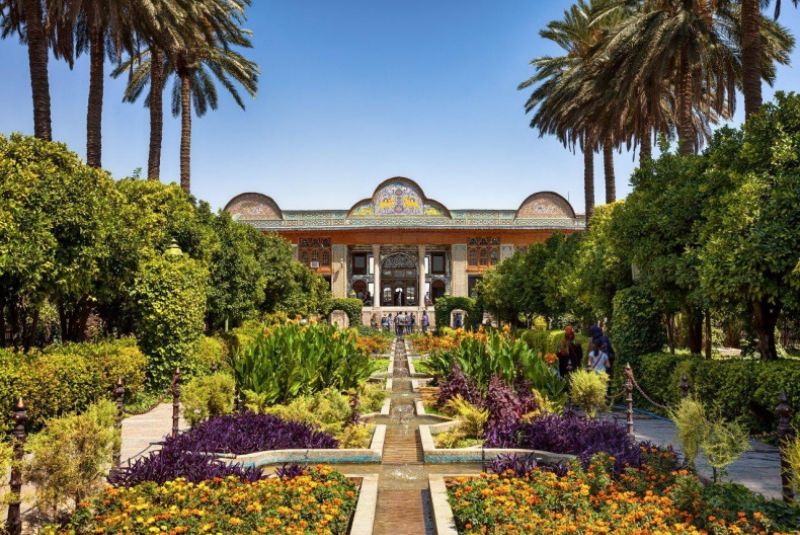
Narenjestan-e Qavam, also known as Qavam House, is one of Shiraz’s most iconic historical residences. Built between 1879 and 1886, this house was commissioned by the influential Qavam family, prominent merchants and political figures during the Qajar era. Their patronage contributed significantly to Shiraz’s cultural landscape, and their residence reflects the grandeur and artistry of their time.
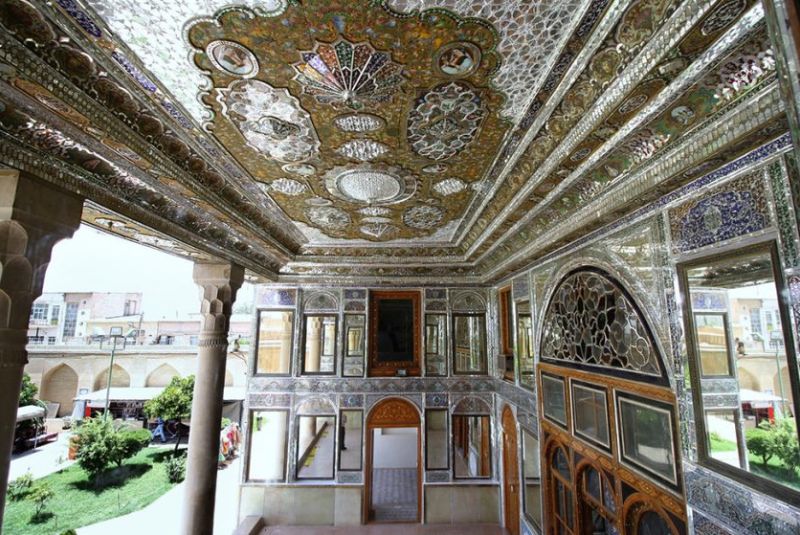
Qavam House is known for its exquisite architectural details, which include ceilings adorned with intricate woodwork and hand-painted floral patterns. The walls are decorated with detailed mirror work and colorful mosaics, showcasing the skill of the artisans involved. One of the most distinctive features of Qavam House is its stunning use of mirrors in the main reception halls, creating an atmosphere of light and elegance. The blend of stained glass windows, elaborate stucco, and finely carved doors further enhances the house’s artistic appeal.
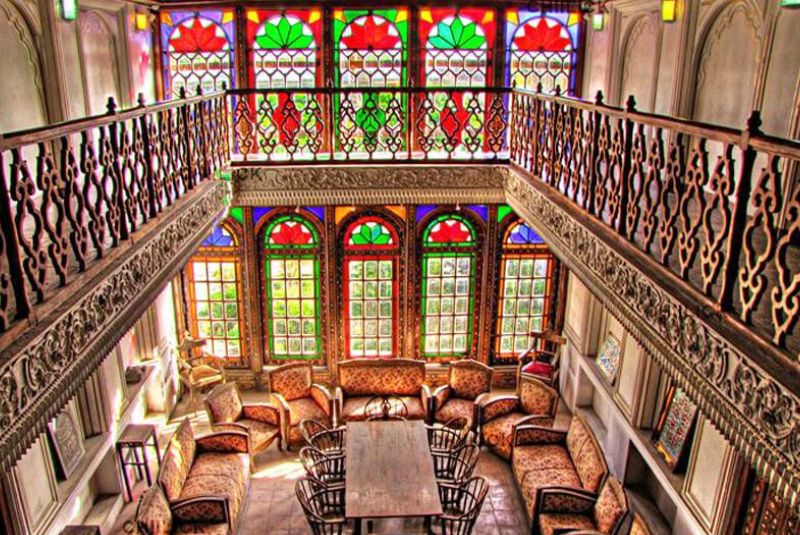
Outside, the gardens, named “Narenjestan” for their abundant orange trees, add to the serene beauty of the residence. Designed in the traditional Persian style, the garden is divided by pathways that lead visitors through a picturesque setting of flowering plants, water fountains, and greenery. The combination of natural beauty and architectural sophistication makes Qavam House a highlight for anyone exploring Shiraz.
2. Zinat al-Molk House
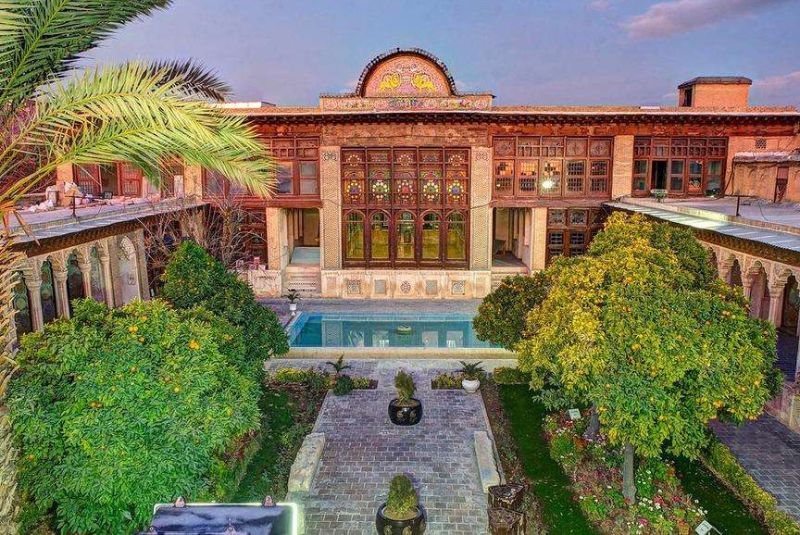
Located adjacent to Qavam House, Zinat al-Molk House is another historic residence closely tied to the Qavam family. This residence was named after Zinat al-Molk Qavam, a member of the Qavam family, and is known for its elaborate interior design and intricate craftsmanship. Though smaller in scale than Narenjestan-e Qavam, Zinat al-Molk House is equally impressive in its artistic details and cultural ambiance.
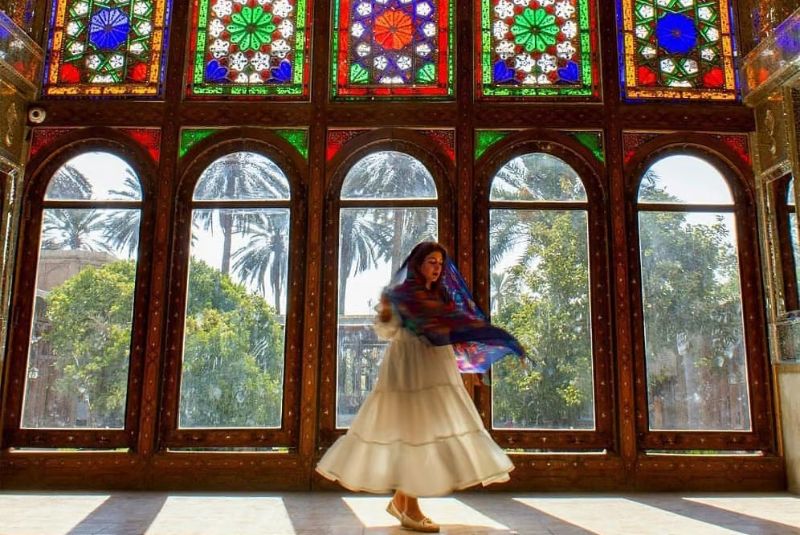
One of the most notable spaces in this house is the mirror hall, where small pieces of mirror have been meticulously arranged to create a dazzling effect, reflecting light across the room in a captivating way. The rooms are adorned with plasterwork featuring intricate floral and geometric designs, showcasing the fine artistry typical of the Qajar period. Stained glass windows add color to the interiors, with designs that cast vibrant reflections, particularly in the late afternoon.
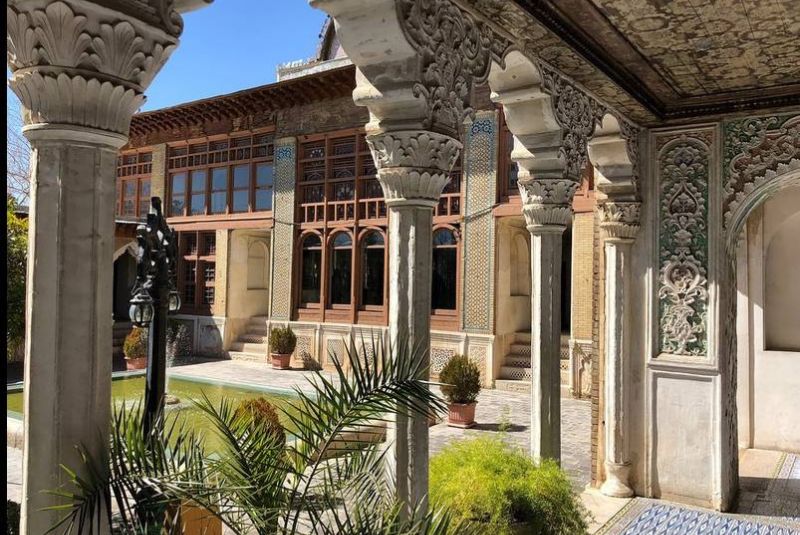
Today, Zinat al-Molk House often serves as a venue for art exhibitions and cultural events, making it a lively spot for visitors interested in the artistic traditions of Shiraz. The basement of the house, converted into a museum, offers tourists a deeper look into the history and customs of the region, making it a multifaceted destination for both art and history enthusiasts.
3. Delgosha Garden and House
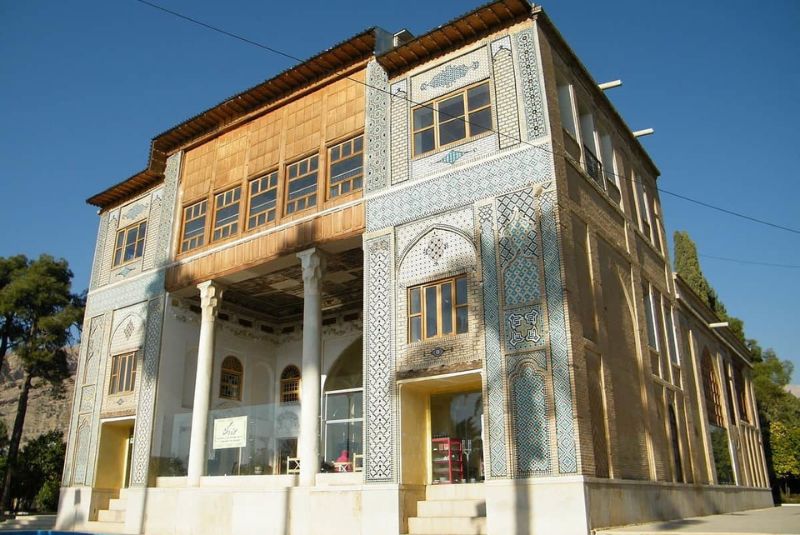
Delgosha Garden, dating back to the Sassanian period, is one of the oldest and most historically rich sites in Shiraz. Later renovated during the Qajar era, the garden and its house have maintained their traditional Persian garden design, incorporating elements that highlight both beauty and functionality.
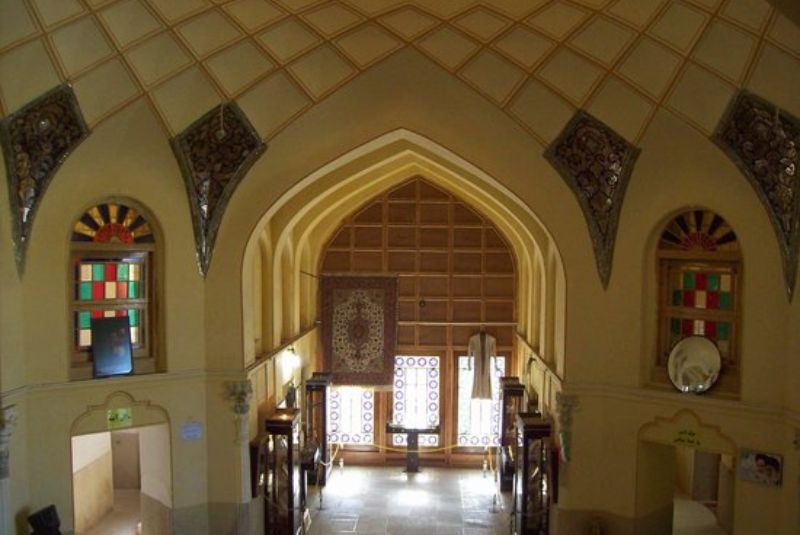
The garden itself is filled with fragrant citrus trees, primarily orange, and features multiple pools and fountains that enhance its tranquil atmosphere. The house within Delgosha Garden has become well known for its colorful tilework, which adorns its exterior and provides a visual connection to Persian aesthetics.
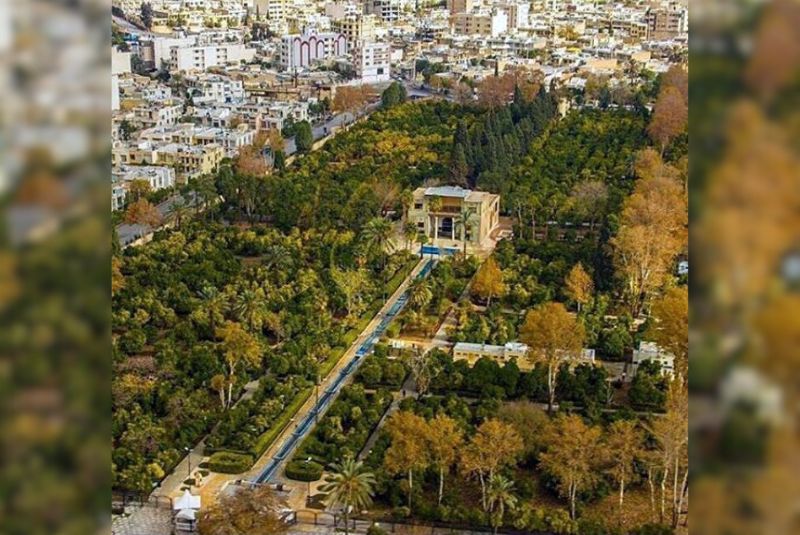
The setting, located near the tomb of the poet Saadi, underscores the historical importance of this garden as a place for relaxation and reflection. Delgosha Garden provides visitors with an opportunity to experience a classic Persian garden with centuries of history woven into its landscape.
4. Shapouri House

Shapouri House is a relatively modern addition to Shiraz’s historical architecture, built in the early 20th century and representing a unique fusion of Persian and European architectural styles. This house belonged to Abdolsaheb Shapouri, a wealthy merchant, and is distinguished by its blend of traditional Persian design elements with European influences, such as columns and archways that are rarely seen in older Shirazi homes.
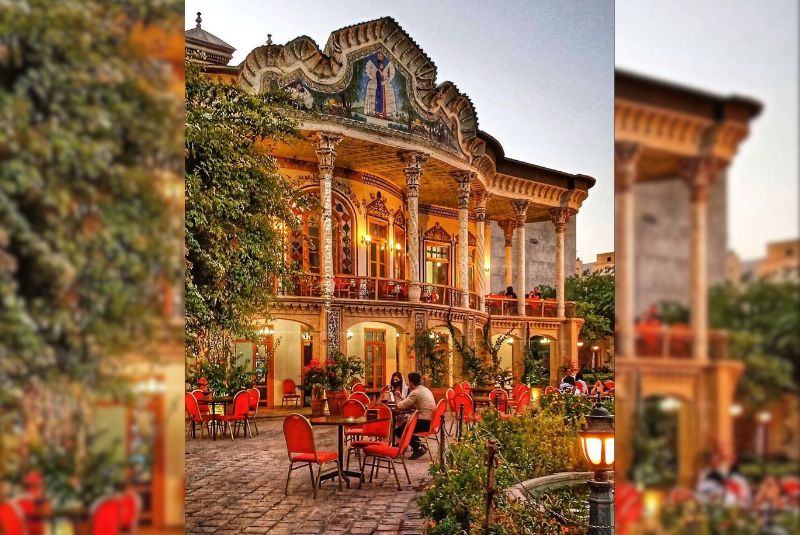
The structure’s elegant balconies, spiral staircases, and decorative plasterwork reflect this blend, creating a space that feels at once familiar and distinctive. Shapouri House’s garden also features a combination of Persian landscaping with fountains and shaded walkways, making it an inviting space for visitors.
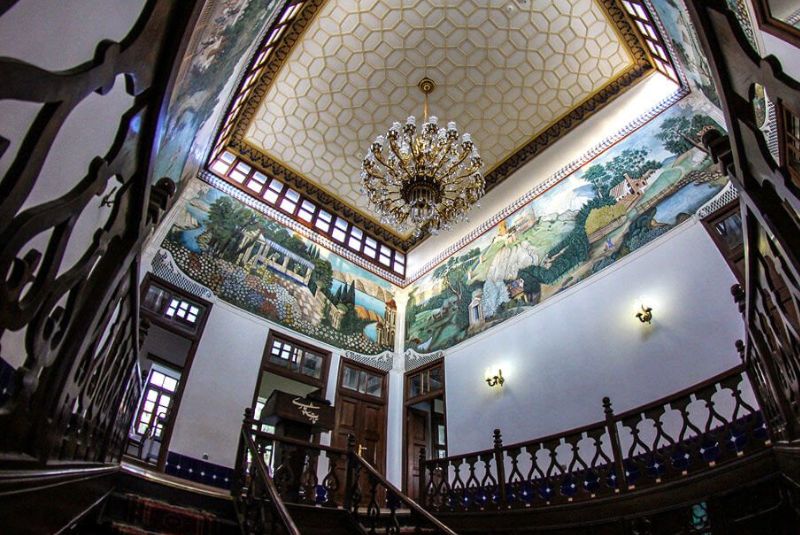
Today, part of the house has been converted into a café and restaurant, providing tourists with a peaceful setting to relax and enjoy Persian cuisine within a historic atmosphere.
5. Afif Abad Garden and House (Golshan Garden)
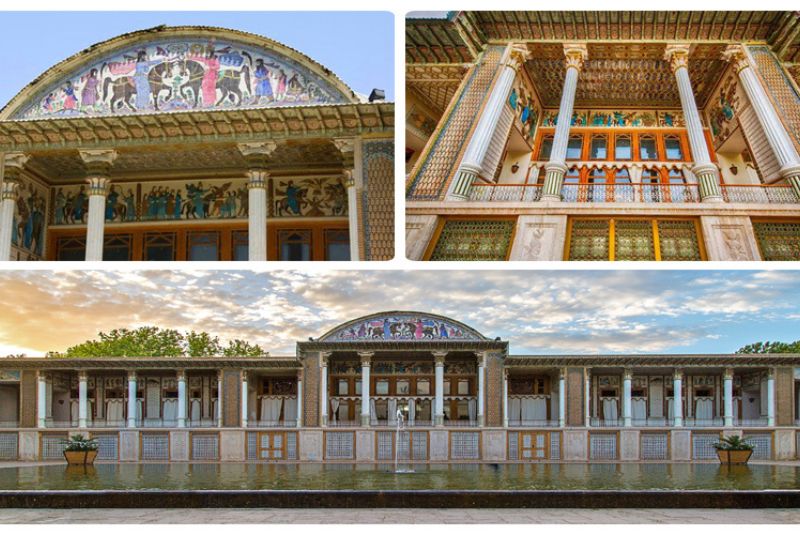
Afif Abad Garden, also known as Golshan Garden, is a prominent site in Shiraz that combines classical Persian architecture with a unique museum dedicated to Iranian military history. Built during the Safavid era and later restored in the Qajar period, this estate includes expansive gardens, a stately mansion, and a bathhouse, each contributing to the garden’s character and charm.
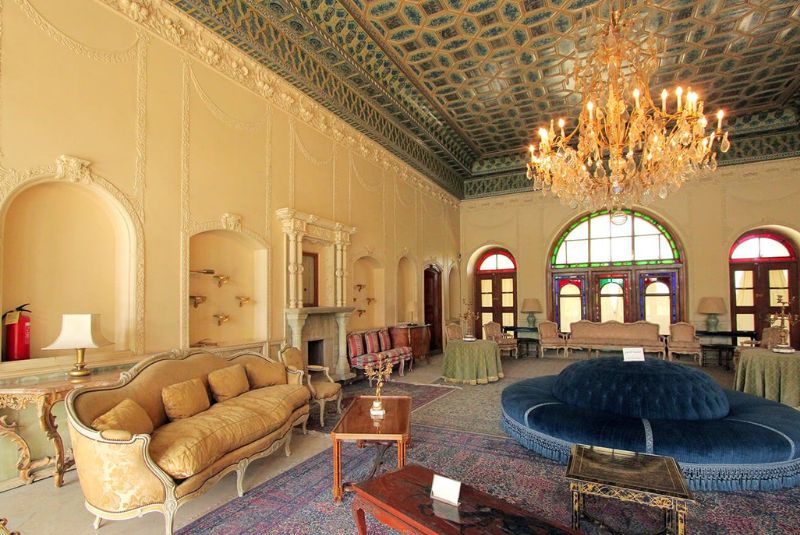
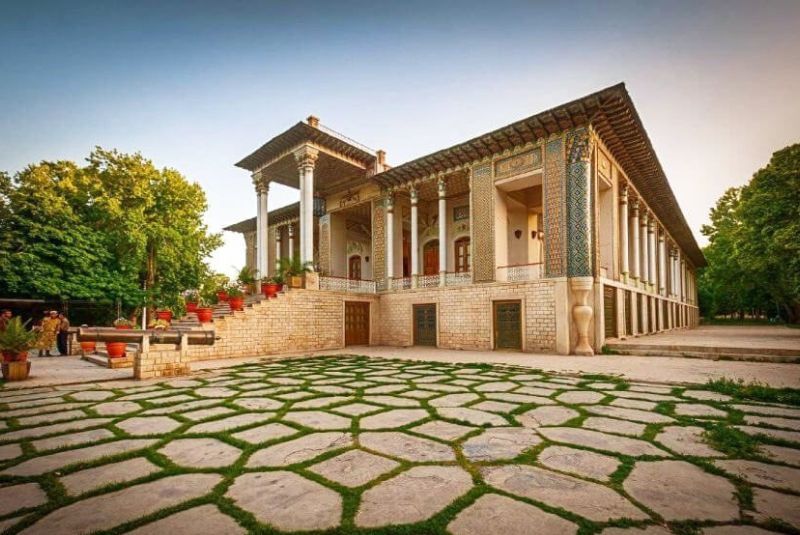
The main house in Afif Abad is a two-story structure featuring traditional Iranian architectural elements such as wide balconies, arched windows, and decorative tilework. Visitors to Afif Abad Garden can explore the military museum housed within, which displays a collection of weapons and artifacts spanning Iran’s history.

The combination of beautifully maintained gardens and cultural exhibits makes Afif Abad Garden a fascinating destination, allowing visitors to explore both natural beauty and historical artifacts in one location.
Importance of Shiraz Historical Houses in Iranian Culture
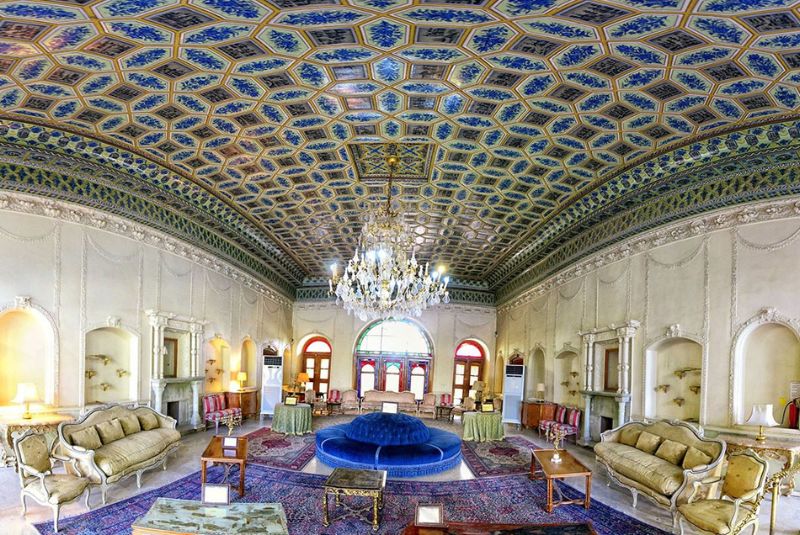
The historical houses of Shiraz are not only architectural wonders but also vivid reflections of Iran’s artistic, social, and cultural history. These homes encapsulate the aesthetics and lifestyle of their era, showing how design was used to create spaces that were not only functional but also deeply expressive. They reveal aspects of Persian culture that extend beyond their physical structures—serving as windows into the values, customs, and daily lives of those who lived within them.
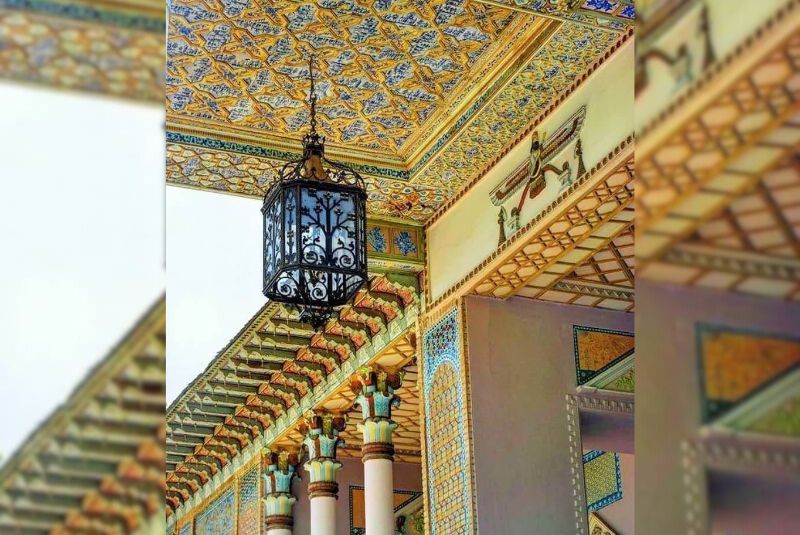
During the Zand and Qajar dynasties, Shiraz’s architecture was influenced by royal patronage and an emphasis on craftsmanship, which spurred innovations in decorative arts. In particular, homes built during the Qajar period stand out for their use of mirror work, vibrant tile mosaics, and detailed plaster carvings, all of which became characteristic features of Iranian architecture. These residences were designed to embody hospitality and comfort, with large open courtyards, shaded porches, and fountains to provide cooling relief during hot seasons. The placement of these elements was both practical and aesthetic, adding beauty while adapting to Shiraz’s warm climate.
The houses of Shiraz also highlight the skilled artisanship in woodworking, tilework, and stained glass, reflecting a harmonious blend of beauty and function. Preserving these homes allows visitors today to experience a connection to the past and appreciate the artistry and cultural significance embedded in every detail. For Iranians, these houses are more than architectural achievements—they are symbols of cultural pride and continuity.
Key Elements of Shirazi Historical House Architecture
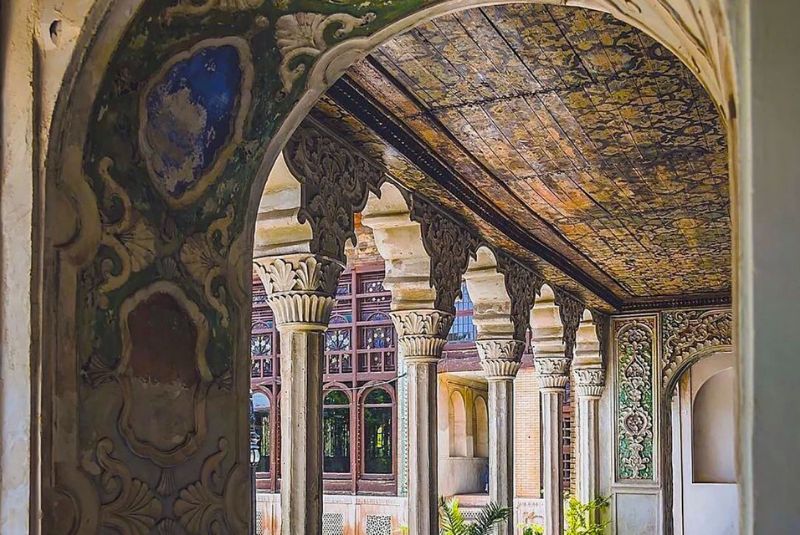
The architecture of historical houses in Shiraz is known for its attention to detail, innovative design, and balance of function with aesthetics. These homes often feature a combination of structural and decorative elements that make them both practical and beautiful, showcasing Persian architectural ingenuity.
Courtyards
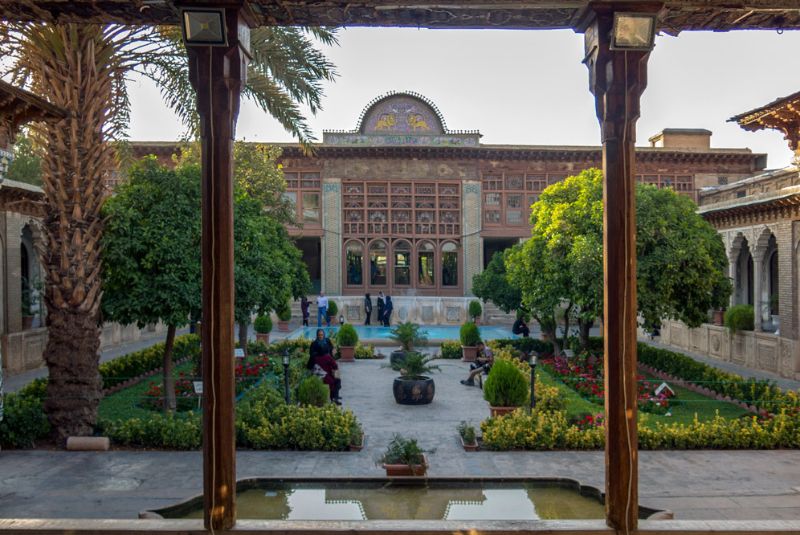
Central courtyards are essential in Shirazi houses, often featuring a central pool and garden. Designed with symmetry, these courtyards provide a cool oasis, with citrus trees and flowers enhancing the atmosphere and scent. The pool acts as a natural air conditioner, reflecting light and providing relief from Shiraz’s hot summers.
Stained Glass Windows (Orosi)
Many houses include stained glass windows that create colorful, dappled lighting inside the rooms. These windows not only offer visual beauty but also control indoor light and temperature. As sunlight filters through, it brings the interiors to life with an array of colors, lending an almost ethereal feel to the spaces.
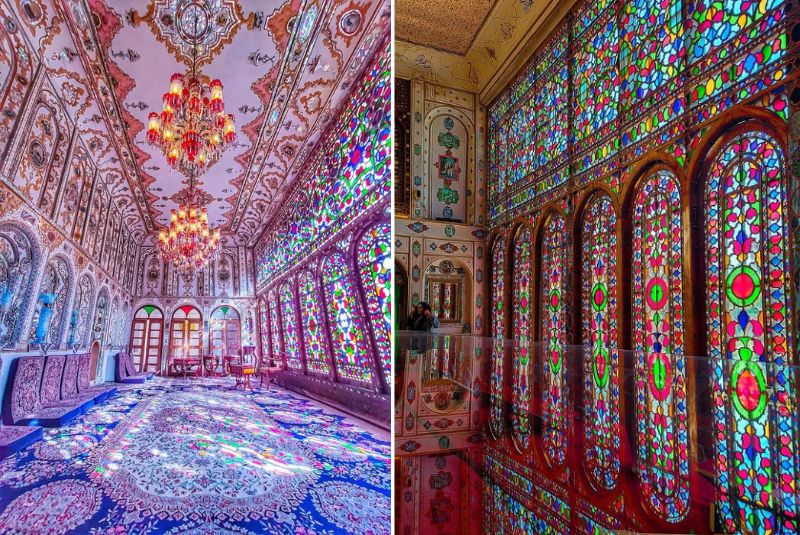

Ornate Tilework
Shiraz’s historical homes feature stunning tile mosaics in bold, vibrant hues, arranged in geometric and floral patterns. These tiles often decorate walls, ceilings, and fountains, adding layers of visual interest and detail to the interiors. The intricate patterns are a nod to Persian design traditions, where symmetry and repetition create a sense of harmony.

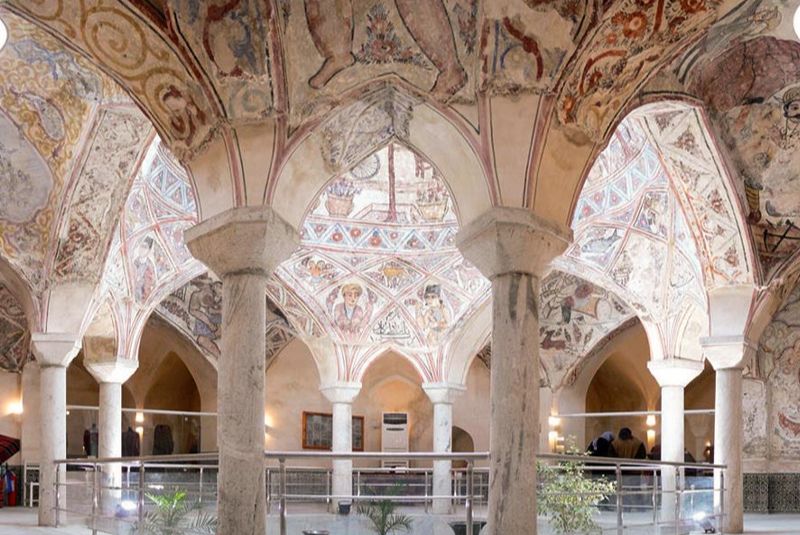
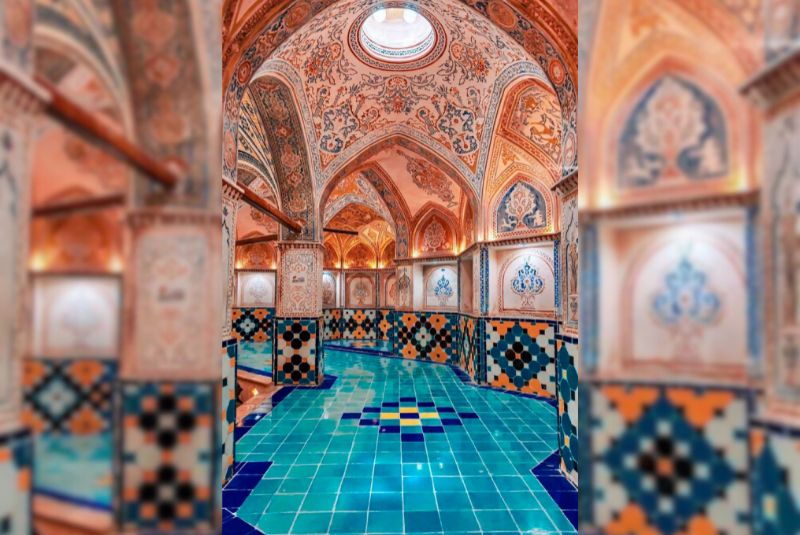
Wood and Plaster Carvings
Carved wooden doors and plaster reliefs are common, each piece crafted with great precision. The woodwork may include floral and geometric motifs, often with inscriptions or symbolic designs. Plasterwork, on the other hand, adds elegance to walls and ceilings, adding texture and complexity to rooms.
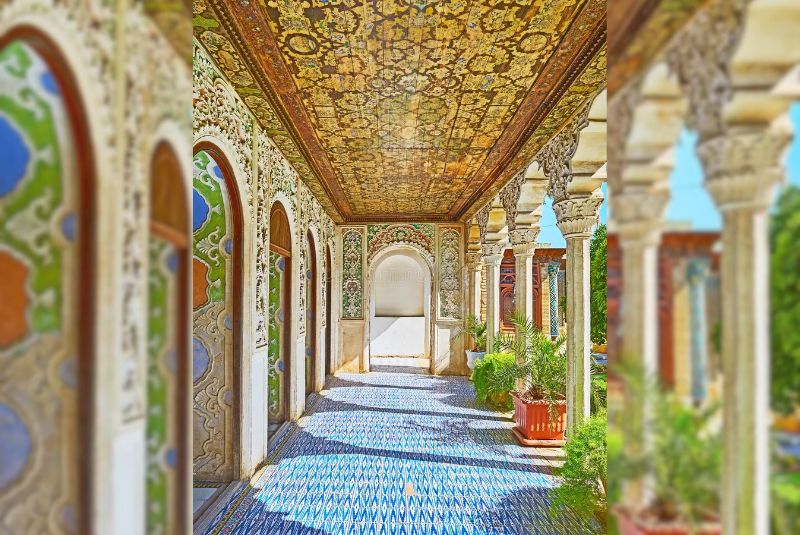
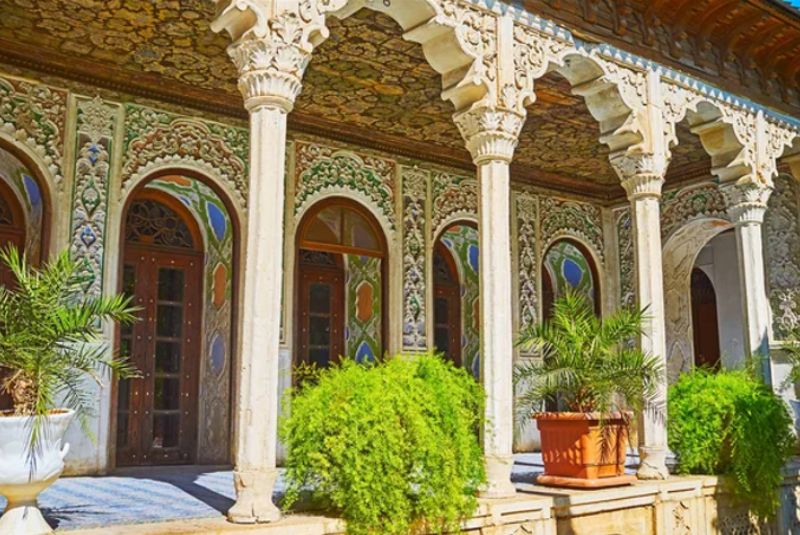

Windcatchers (Baadgir)
Windcatchers are an ingenious feature seen in many older Shirazi homes. These ventilation structures draw cool air down into the living spaces, creating a natural airflow that helps keep rooms cool without the need for modern air conditioning. This feature demonstrates the blend of functional and artistic design that defines Persian architecture.
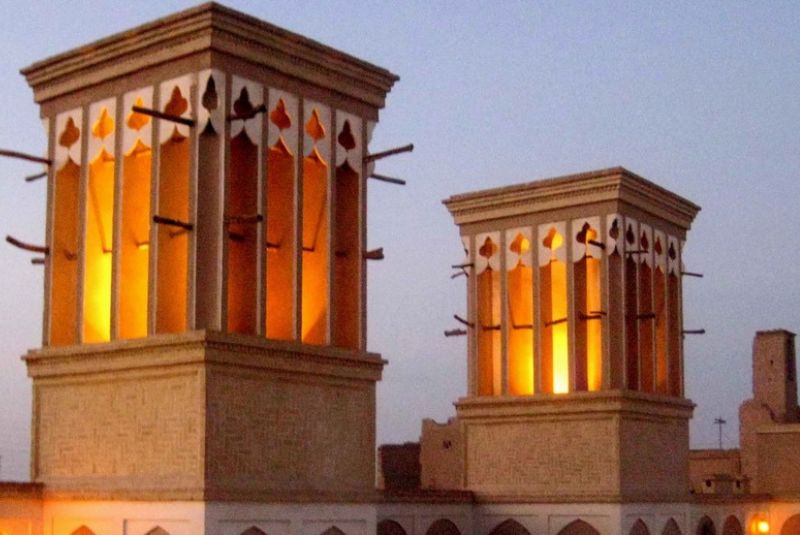

Tips for Visiting Historical Houses in Shiraz
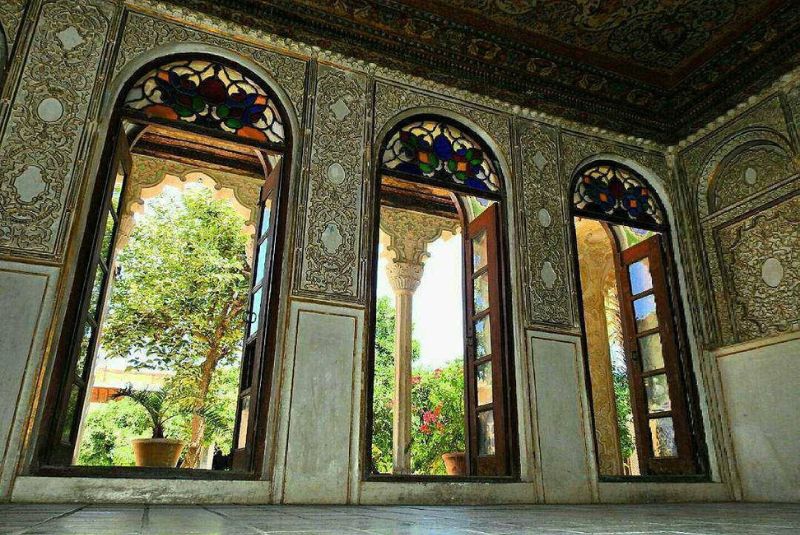
Visiting Shiraz’s historical houses is an enriching experience, and a bit of planning can enhance your enjoyment. Here are some practical tips to help make the most of your visit:
Best Visiting Hours and Seasons
To avoid large crowds and experience the houses comfortably, consider visiting in the early morning or late afternoon. Spring (March to May) and autumn (September to November) are ideal times, with milder temperatures making it pleasant to explore both the houses and their gardens.
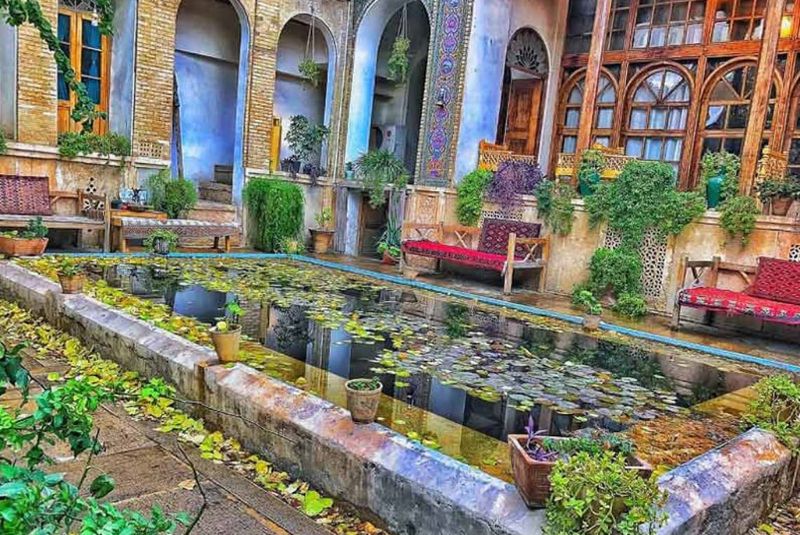
Respecting Cultural Etiquette
Remember that these sites hold cultural and historical significance. Visitors are advised to dress modestly, especially inside the houses, as a sign of respect. Photography is usually allowed, but it’s always best to confirm the policy in each location, as some areas may restrict the use of flash or tripods.
Ticketing and Guided Tours
Many of these historical houses have entry fees, which help fund preservation efforts. Consider joining a guided tour, as local guides can provide insightful background on the history and architecture of each house, adding context to the experience.
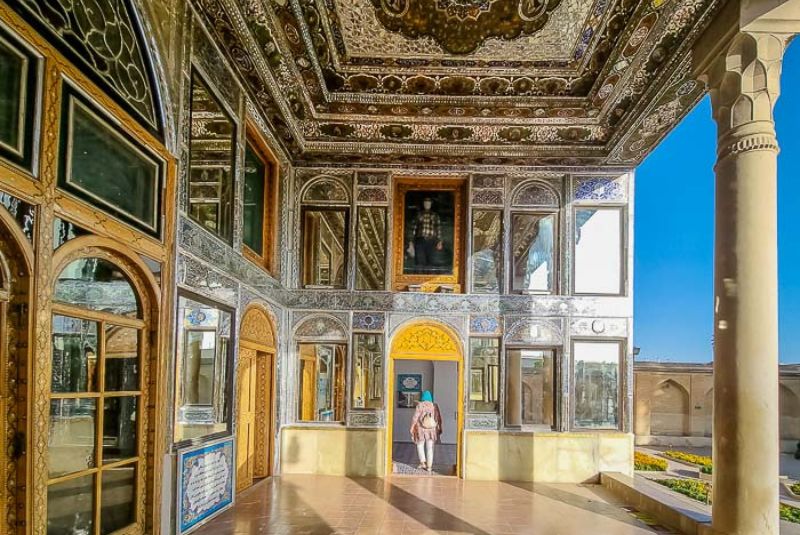
Amenities and Accessibility
While some historical houses offer cafes or rest areas within or nearby, it’s a good idea to carry water and wear comfortable shoes, as exploring the houses and gardens can involve a fair amount of walking. Accessibility can vary, as many of the houses have narrow staircases or uneven pathways, so be prepared if you have specific mobility needs.
Other Key Attractions in Shiraz
For tourists exploring Shiraz, the city offers a range of historical and cultural landmarks that provide a deeper understanding of Iran’s artistic, literary, and architectural legacy. Here are some must-see attractions to add to your itinerary:
1. Persepolis
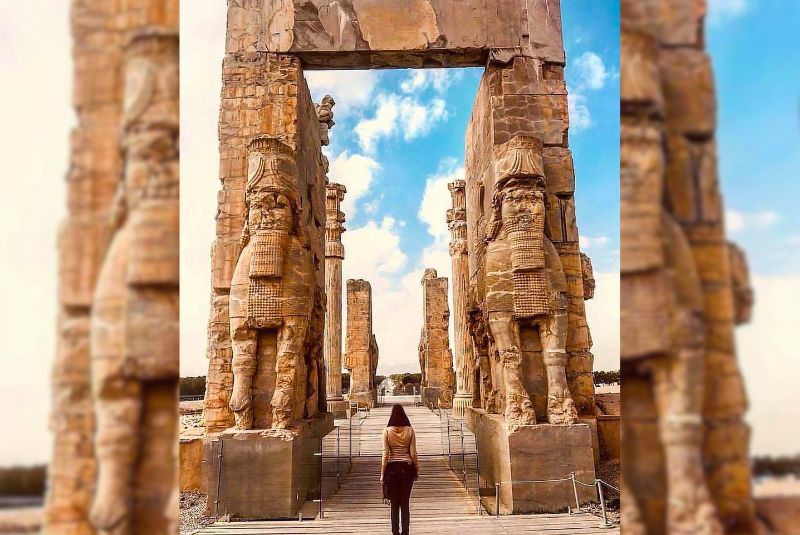
Located about an hour outside of Shiraz, Persepolis is one of Iran’s most significant archaeological sites and a UNESCO World Heritage Site. Once the ceremonial capital of the Achaemenid Empire, this ancient city was founded by Darius the Great in 518 BCE. Visitors can explore the grand ruins, which include palatial structures, intricately carved reliefs, and towering columns that once symbolized the power of the Persian Empire. Highlights include the Gate of All Nations, the Apadana Palace, and the Throne Hall.
2. Hafez’s Tomb
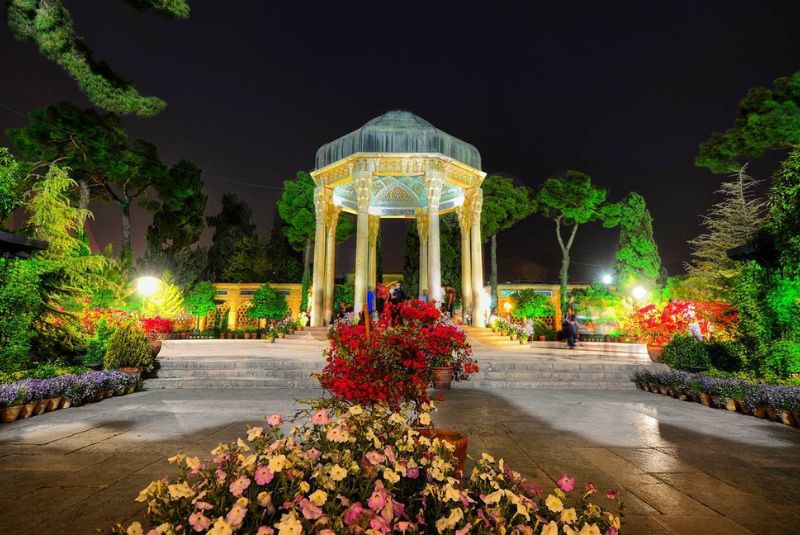
This beautifully landscaped mausoleum honors Hafez, one of Persia’s most beloved poets. The tomb is set in a peaceful garden with fountains, surrounded by intricate tilework and inscriptions of his poetry. Hafez’s influence on Persian culture remains profound, and many visitors come here to pay respects and enjoy the tranquil atmosphere.
3. Saadi’s Tomb
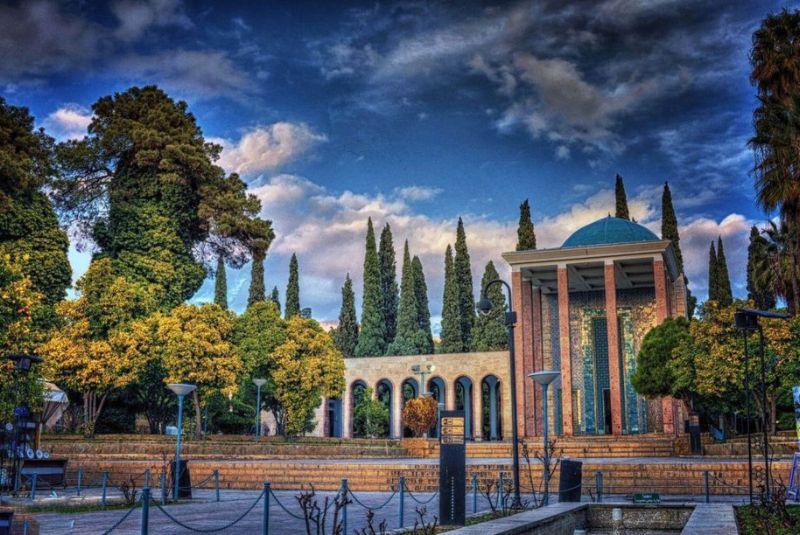
Dedicated to Saadi, another celebrated Persian poet, this tomb is located in a serene garden setting near Delgosha Garden. Saadi’s poetry often focuses on themes of love, wisdom, and humanity. The site includes a small pool and pavilions, creating a reflective space that invites visitors to read his verses and enjoy the beauty of the surroundings.
4. Nasir al-Mulk Mosque (Pink Mosque)
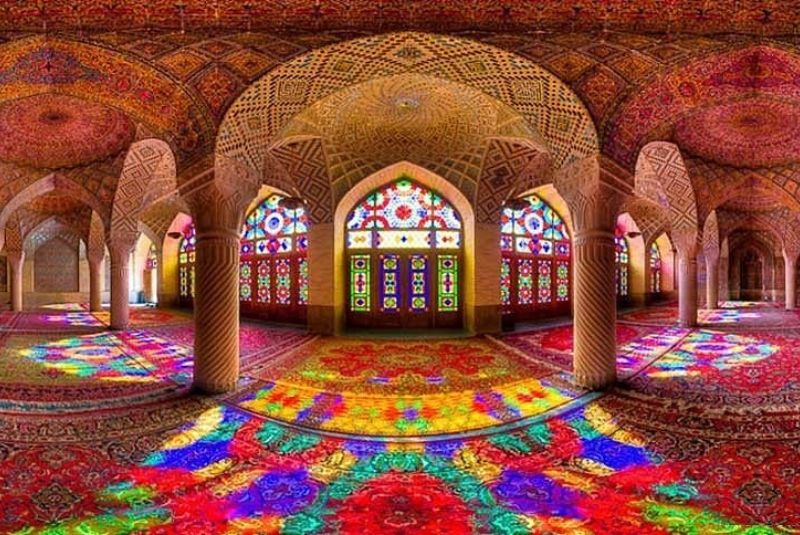
Known for its stunning stained glass windows and intricate tilework in pink hues, Nasir al-Mulk Mosque is an architectural masterpiece. The mosque is especially captivating in the morning, when sunlight filters through the stained glass, casting a colorful mosaic of light onto the floor and walls. This unique feature has made the Pink Mosque one of the most photographed sites in Shiraz.
5. Vakil Bazaar
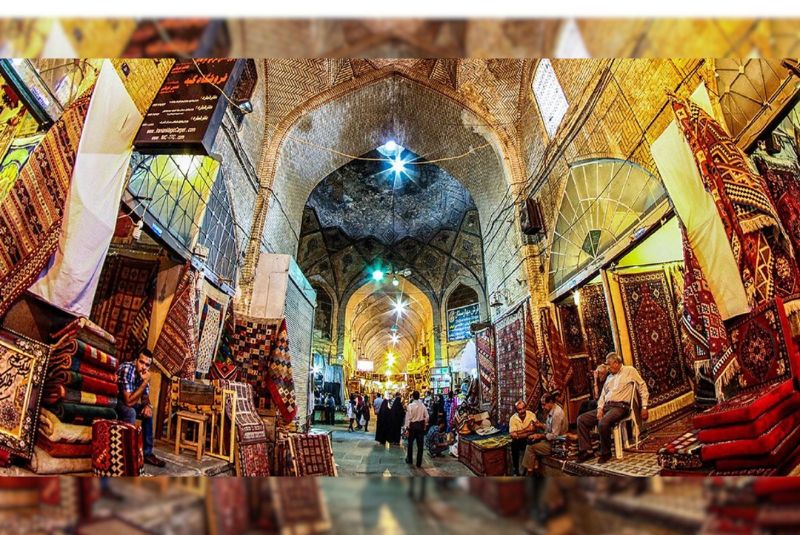
Vakil Bazaar dates back to the Zand dynasty and remains one of Shiraz’s liveliest spots. The market is filled with stalls selling traditional goods, from spices and rugs to jewelry and handmade crafts. It’s a great place to experience local flavors, shop for souvenirs, and enjoy the vibrant energy of a traditional Persian marketplace.
6. Vakil Mosque and Bathhouse
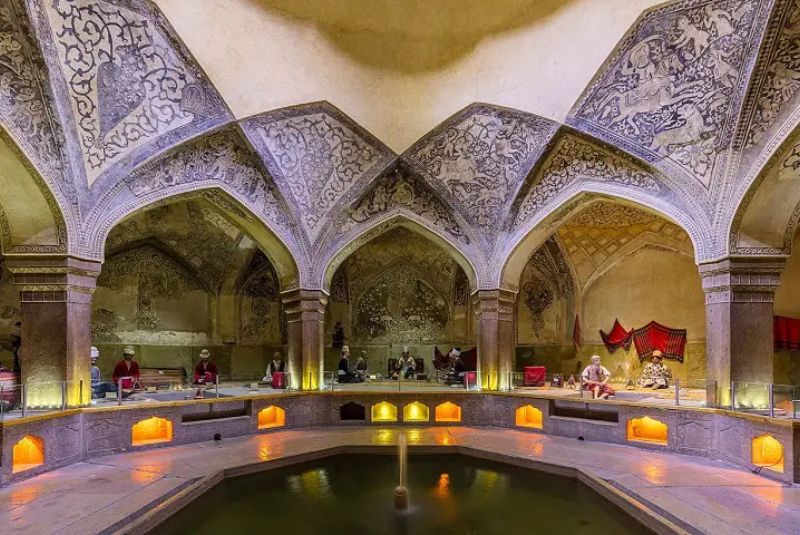
Located next to Vakil Bazaar, Vakil Mosque and Vakil Bathhouse are both remarkable for their architectural beauty. The mosque features spacious prayer halls with high ceilings and detailed tilework, while the bathhouse displays traditional Persian bath design. Together, these sites offer insight into Persian religious and social customs.
7. Eram Garden
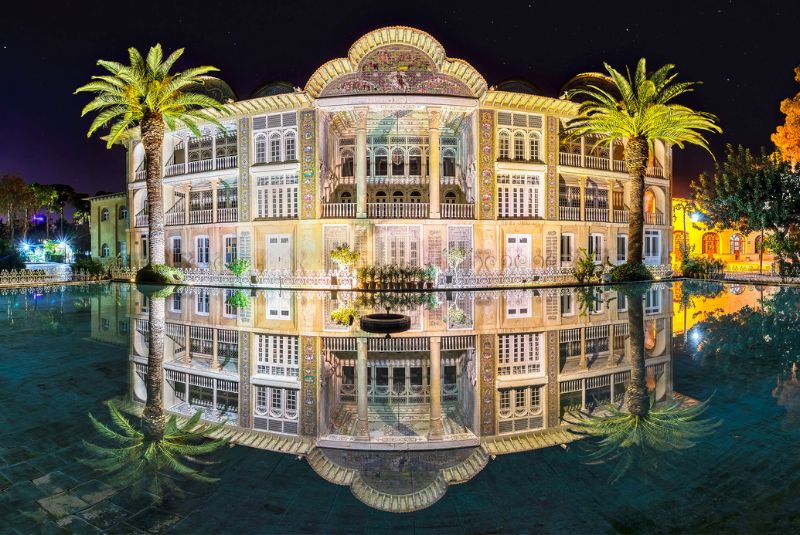
A UNESCO-listed site, Eram Garden is renowned for its cypress trees, flowing water features, and intricate landscaping. The garden dates back to the Seljuk era and is a classic example of Persian garden design, emphasizing harmony with nature. Eram Garden is a perfect place for a relaxing walk, where visitors can enjoy the greenery and admire the traditional Iranian pavilion at the garden’s center.
Practical Travel Tips for Visiting Shiraz
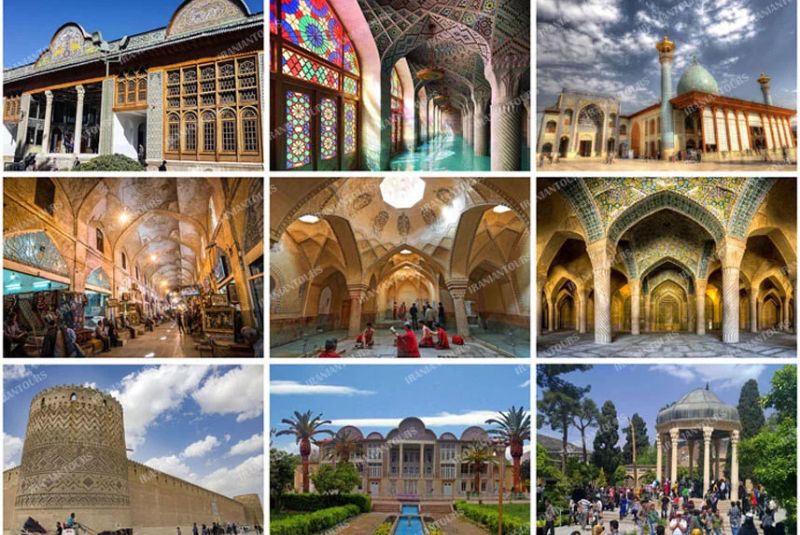
To make the most of a visit to Shiraz, consider the following travel tips:
- Best Time to Visit: Shiraz enjoys its best weather during spring (March to May) and fall (September to November), with pleasant temperatures ideal for exploring outdoor sites like Persepolis, Eram Garden, and Nasir al-Mulk Mosque. Summers can be very hot, while winters are mild, though with occasional rain.
- Local Cuisine: Shiraz is known for its unique local dishes, which visitors won’t want to miss. Be sure to try Kalam Polo (a traditional rice dish with cabbage and herbs) and Faloodeh (a refreshing dessert made of thin rice noodles in a semi-frozen syrup, often flavored with lime). Shiraz’s cuisine offers a memorable blend of flavors and ingredients that reflect the region’s culinary heritage.
- Transport Options: Shiraz offers several ways to get around the city, including a well-connected public bus system and ridesharing apps, which are widely available and affordable. For tourists, hiring a private car or taxi may be convenient for reaching more distant sites like Persepolis. Many key attractions are within walking distance of each other, especially in the city center.
Final Takeaway
Visiting Shiraz historical houses lets you experience the creativity and traditions of Persian culture. As you explore these places, remember that they’re carefully preserved to keep this history alive for future generations. By supporting local efforts, you help maintain these special sites for others to enjoy too. Enjoy your time in Shiraz—it’s sure to be unforgettable!
Share your story!
Comment below and let us know about your Experience.
Your story inspires others!


Comment
Leave a Comment